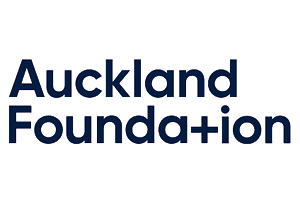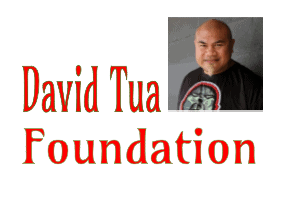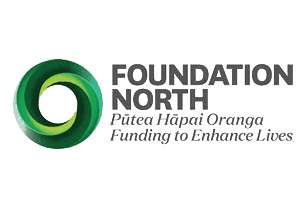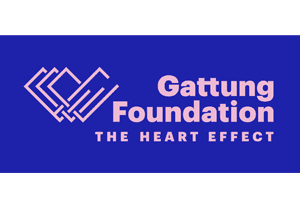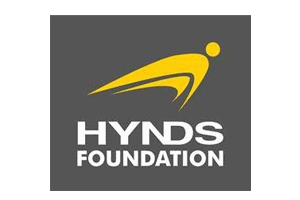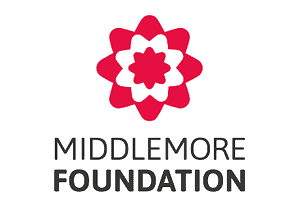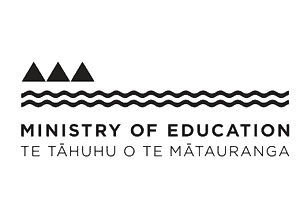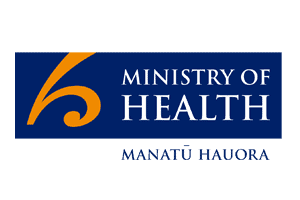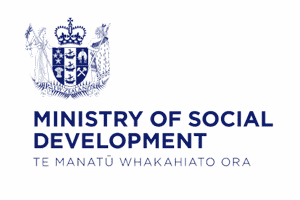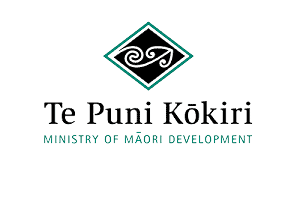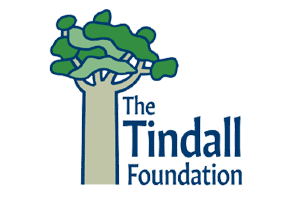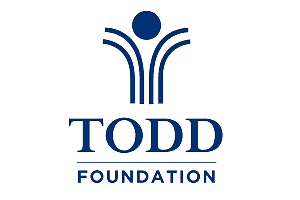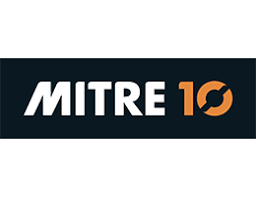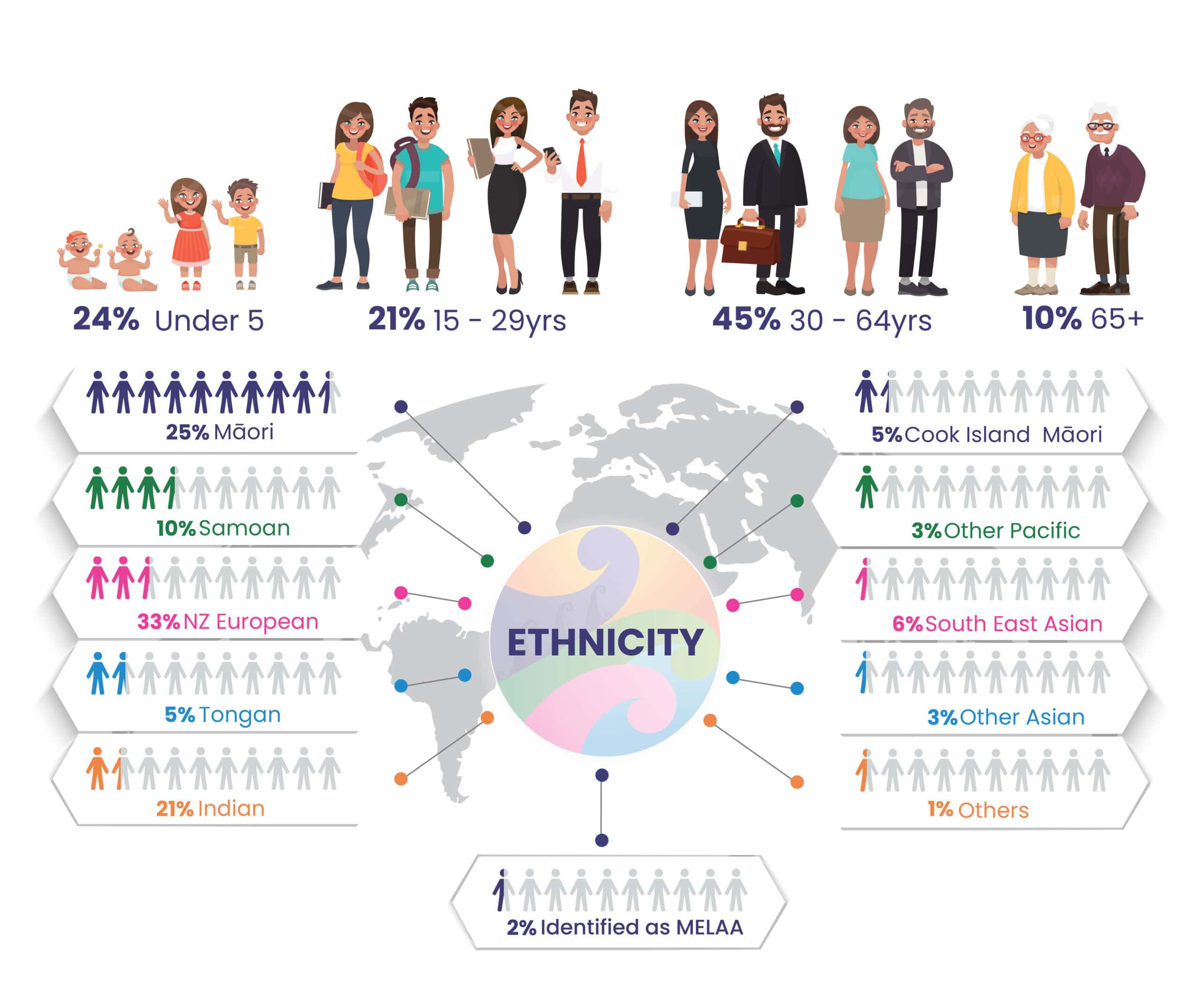Improving The Lifelong Outcomes Of Tamariki
Te Ahi Kaa Roa
Our Home
Papakura has a rapidly growing population of about 72,300. The rapid growth of our community over recent years can be directly attributed to rising house costs and the displacement of those who cannot afford to rent closer to Auckland’s urban centre. One significant consequence is that Papakura and surrounding areas have lower socio-economic status and related outcomes than other parts of NZ.
The impact is evident in that Papakura has a lower median income, higher rates of unemployment, lower rates of qualifications, lower homeownership rates, and higher average rents.
Since 2020 these issues have been further exacerbated by covid-19. The 2023 Census classified the ethnic demographic of the Papakura population as follows:
- 25% identified as Māori
- 10% identified as Samoan
- 33 % identified as NZ European
- 5% identified as Tongan
- 21% identified as Indian
- 5% identified as Cook Island Māori
- 3% identified as Other Pacific
- 6% identified as South East Asian
- 3% identified as Other Asian
- 1% identified as Others
- 2% identified as MELAA
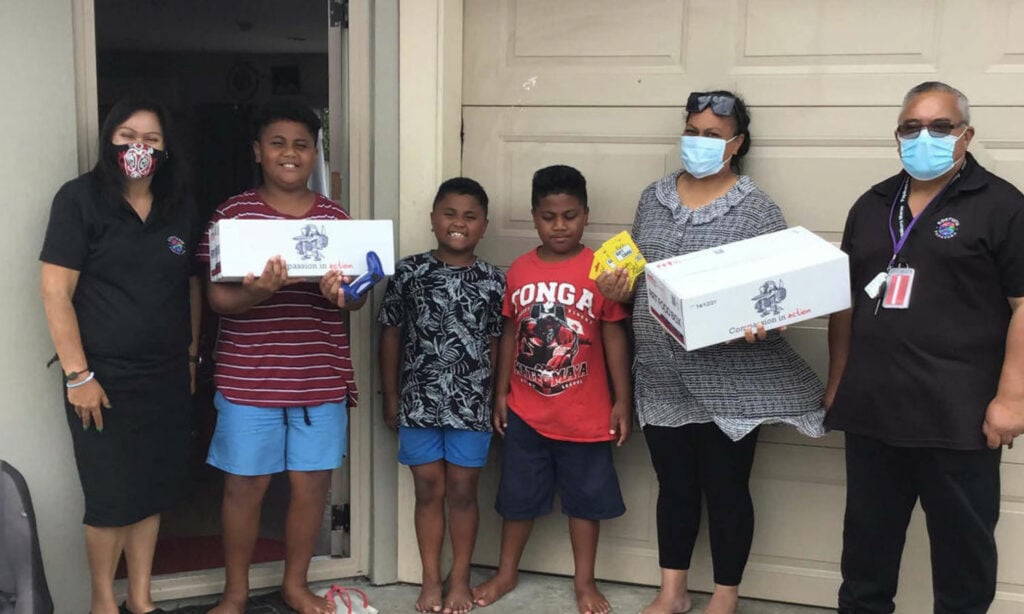
We know tamariki from all ethnic groups live in households with relatively low income and material hardship.
Statistics NZ identified Māori and Pasifika tamariki in the year ending June 2020 were higher across all measures than New Zealand overall.
Almost 1 in 5 Māori tamariki (19.5 %) lived in households that reported going without six or more of the 17 basic needs. The rate was higher for Pasifika tamariki at 26.1%.
Papakura is culturally rich and diverse; however, many areas within our town are profiled as deciles 9 & 10 (New Zealand Index of Multiple Deprivation).
Poverty remains the primary reason tamariki are not thriving in our schools and reflects the core purpose & vision of Kootuitui ki Papakura: to improve the lifelong outcomes of our tamariki.
Our Supporters
We benefit from the support of funders, partners and community organisations, and the commitment of the schools’ boards, leaders, teachers and staff.
